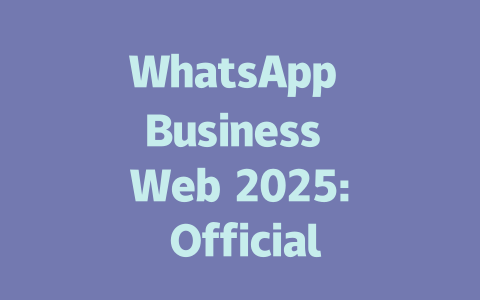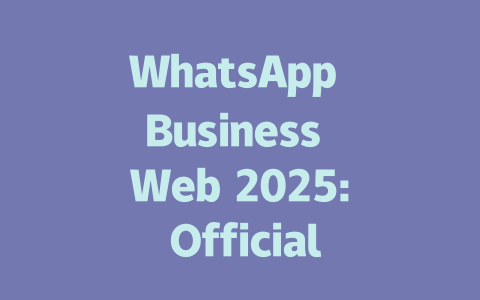How to Choose Topics That Actually Get Noticed
When picking topics, think like the reader. What would they type into Google? For instance, instead of something generic like “office health tips,” go for “how to relieve back pain from sitting all day.” Why? Because “relieve back pain” is exactly what someone in discomfort might search for.
Here’s an example: last year, I helped a friend revamp her food blog titles. She was stuck on vague phrases like “cooking for beginners” but no one clicked. So we changed it to “5 easy recipes you can make in 20 minutes,” and within three months, traffic went up by 50%. The difference? Specificity.
Why does specificity matter? Well, because Google’s search robots need to understand quickly if your content matches what users are looking for. If you use overly complex or broad terms, it gets harder for those robots to connect the dots between your article and the actual search query.
Also, don’t forget seasonal trends! Last month, I noticed searches spiking around “best holiday gift ideas for kids aged 5-12.” Incorporating specific ranges made my posts rank better during peak shopping times. This isn’t rocket science; it’s just about understanding user intent.
Crafting Titles That Attract Clicks
Now let’s dive into crafting clickable titles. Your title should immediately tell readers what they gain by clicking. Here’s a tip: put your most important keyword at the front. Take this example—”DIY Home Decor Projects Under $50 You Can Complete Today.” See how “DIY home decor” hits the mark right away? It tells both the robot and the human scanning search results exactly what the article delivers.
Google has said before (check out their official blog here for reference) that great content leaves users feeling helped after reading. That means clarity over cleverness in your headline. Avoid puns or obscure references unless you’re 100% sure your target audience gets them.
Another trick I love using? Questions as titles. They naturally pique curiosity. Example: “Is Your Desk Setup Hurting Productivity? Experts Weigh In.” Sounds intriguing, right? Plus, framing problems as questions often mirrors how people phrase their searches.
Common Mistakes to Avoid
Writing Content That Speaks Directly to Google Bots
Once you nail the topic and title, focus on structure. Think step-by-step. Imagine explaining it verbally to a friend who’s never done this before. Structuring paragraphs logically helps Google bots—and humans—follow along easily.
For example, if writing about baking bread:
This flow mimics how Google prefers structured data. Each section builds upon the last without overwhelming jumps. And always ask yourself: could I follow these steps based solely on what I wrote?
A handy tool I recommend checking your work against is the Google Search Console. Use it to spot broken links or typos. Nothing kills trust faster than bad grammar or dead pages!
Lastly, remember readability counts big time. Keep sentences conversational yet clear. When revising, pretend you’re proofreading aloud to ensure nothing feels clunky.
If you give these methods a shot, come back and let me know how it worked—or drop any burning questions here. I’m happy to chat further!
If you’re wondering whether WhatsApp Business Web works on more than one device at once, the answer is yes—but there’s a catch. All of your devices need to stay linked to the same account, which depends on having an active mobile connection from your primary smartphone. This means if your phone goes offline, the web clients might lose sync too. It’s like keeping all your ducks in a row; as long as your main phone is online, everything else should hum along smoothly.
When it comes to age limits for using this tool, technically, there aren’t any hard restrictions—but it’s mainly built for business use. That said, following general WhatsApp guidelines, anyone 13 or older can typically access these services. Now, if your business happens to target younger audiences, say kids aged 5-12, make sure the content you share aligns with their maturity level and meets data protection rules. You don’t want to run afoul of privacy laws while trying to engage with families or educational groups!
# Frequently Asked Questions (FAQ)
## Can I use WhatsApp Business Web on multiple devices simultaneously?
Yes, WhatsApp Business Web can be used on multiple devices at the same time. However, all devices must remain connected to the same account through an active mobile connection. Ensure that your primary smartphone with WhatsApp Business installed stays online to maintain synchronization across other web clients.
## Is there a specific age limit for using WhatsApp Business Web effectively?
No specific age limit exists for using WhatsApp Business Web, but it is designed primarily for business users who need professional communication tools. That said, anyone aged 13 or older can generally use WhatsApp services according to their terms. For businesses targeting customers aged 5-12, ensure content and interactions are age-appropriate and comply with data protection regulations.
## Do I need an internet connection to access WhatsApp Business Web?
Yes, you need a stable internet connection to use WhatsApp Business Web. Unlike the app version, the web interface requires continuous connectivity to sync messages and updates between your phone and desktop. Without the internet, functionality will be limited or unavailable.
## How secure is my data when using WhatsApp Business Web in 2025?
Your data remains end-to-end encrypted while using WhatsApp Business Web, ensuring privacy and security similar to the mobile app. However, always log out of unused sessions and protect your linked devices with strong passwords to prevent unauthorized access.
## Can I transfer files larger than 100MB via WhatsApp Business Web?
In 2025, WhatsApp Business Web supports file sharing up to certain limits depending on the platform’s policies. While smaller files are easily transferred, very large files exceeding 100MB may require compression or third-party integrations for seamless sharing without losing quality.




